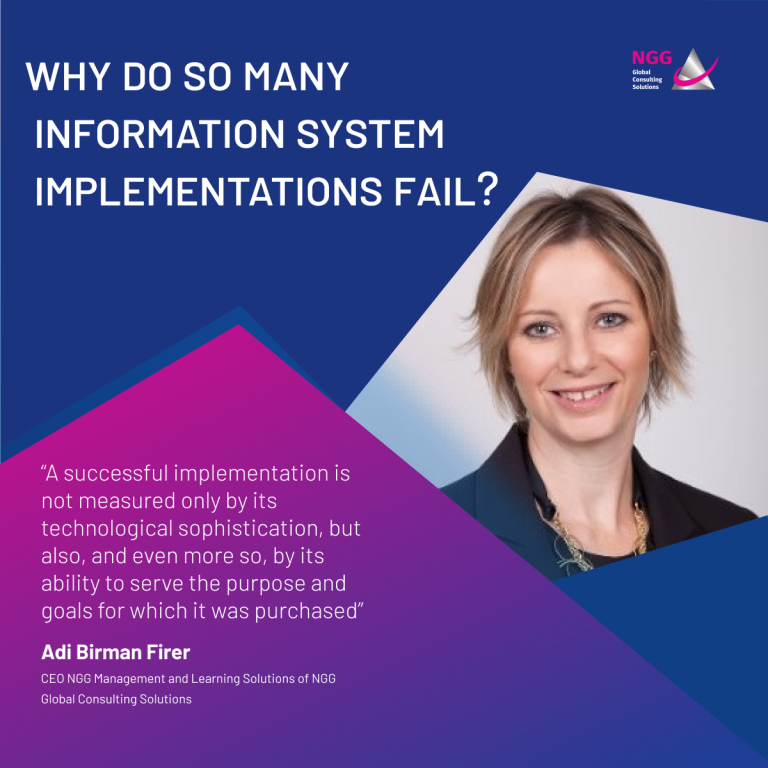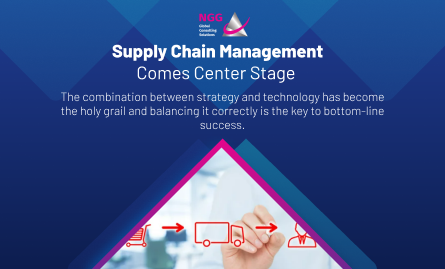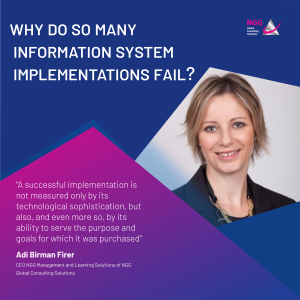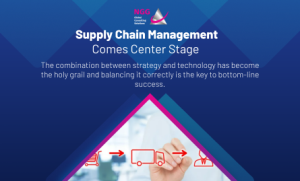Once, readiness was the name of the game, and military personnel thought of readiness in terms of the ability to cope with different scenarios. But due to years of hard experience, the definition of what it takes to achieve readiness grew more complex over time. As a result, the scope of the required budget was inflated – but not always in proportion to actual necessity, and not necessarily taking all the factors into account.

Over the years, we’ve grown to understand that everything has a price; and if it has a price, then it can eventually compromise readiness. Security establishment units must deal not only with considerations of strategic equipment and personnel. They must also become more efficient in order to free up resources for operational needs. This includes streamlining logistical processes and levels of inventory as well as properly determining inventory needs based on the definition of readiness.
In recent years, the military has been concerned with all aspects of efficiency in its supply chain systems, with the understanding that efficiency will save money, which can then be directed towards improving readiness.
Efficiency can be achieved in several key parameters:
1. Levels of currently held inventory versus the existing definition of necessity
Examination of the inventory, levels of “dead” inventory and the matrix of inventory depth, versus the cycle of inventory turnover – a matrix that allows us to see which inventory moves quickly, slowly, or not at all.
2. Equipping duration according to types of inventory
How much time the equipping takes, from the moment a need arises until the moment the equipment arrives. Additionally, the availability of sources at varying times, and the reliability of these sources. The shorter the duration and the more reliable the source, the lower the need for equipping.
3. Initial equipping
An interesting question arises when purchasing a new system or equipment with no previous experience in filling inventory. In such cases, it is necessary to examine sections 1 and 2 as well as other criteria, and to determine the mechanism of revision and evaluation throughout the life cycle of the system.
4. What is strategic, what is essential for readiness?
The set of strategic criteria by which we define what is strategic and essential, and by which we classify inventory in order to create the set of profiles/depictions that define readiness. These criteria affect all parameters and current equipping processes and hence also the total costs.
The dynamics of the units in the security establishment, and of the system as a whole, require constant and continuing consideration of these issues – continuously re-examining the fixed criteria and adapting them to the needs of any given period. This year, we assisted various units in the security establishment to evaluate their readiness in these areas, saving large sums of money which can now be directed to other needs, and will help to achieve a higher level of overall readiness in the future.






